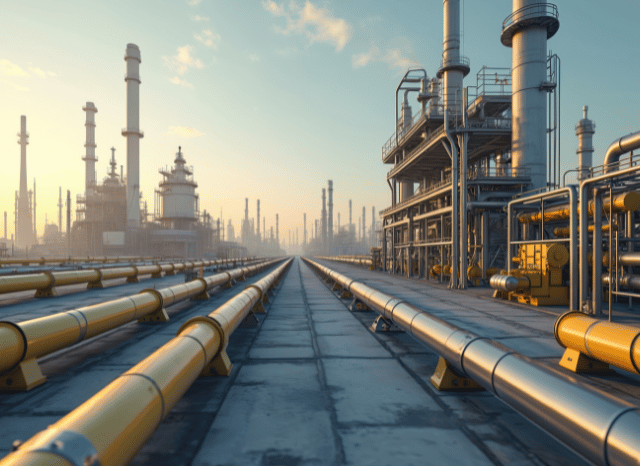From Desert to Port: How Oman's Environmentally friendly Hydrogen Could Power Germany’s Long run

Oman, Germany, plus the Netherlands have signed a groundbreaking agreement which could reshape Europe’s Vitality landscape, ushering in a completely new period of environmentally friendly hydrogen imports from the center East.
A bold move in the worldwide energy changeover is having form concerning Oman and Europe. A historic settlement signed previously this yr paves the best way for on the list of world’s initial huge-scale hydrogen corridors—linking Oman’s huge renewable sources to Germany’s industrial hubs via the Netherlands.
The core of the initiative is inexperienced hydrogen—made by splitting drinking water via electrolysis run by solar or wind Electricity. This kind of hydrogen has captivated world-wide interest for its opportunity to decarbonise sectors that happen to be in any other case not easy to electrify, which include large transport, steel generation, and Power storage.
Oman, leveraging its sunny local weather and bold nationwide tactic, aims to be a major international exporter of eco-friendly hydrogen by 2030. Forecasts propose the place could deliver as much as one million tonnes of environmentally friendly hydrogen annually by the top of your 10 years. A essential element of the system consists of liquefying the hydrogen to facilitate overseas transportation.
Enter the hydrogen corridor: a planned maritime and website logistics route ranging from the port of here Duqm in Oman, extending on the ports of Amsterdam and Duisburg. Specialised cryogenic tankers, similar to Those people Utilized in LNG transportation but tailored for hydrogen’s Substantially reduced temperatures, will carry the gasoline. European ports are presently making ready the necessary infrastructure to obtain, store, and distribute the cargo.
This corridor is not only a logistical feat—it’s a strategic a person. For Germany, and that is seeking to lower dependence on fossil fuels and diversify its energy combine, read more the imports could assistance meet its target of bringing in ten million tonnes of renewable hydrogen by 2030. The corridor also aligns with broader EU sustainability objectives and industrial decarbonisation attempts.
The undertaking’s significance lies not just in its scale, but in addition in its replicability. Like LNG in advance of it, liquid hydrogen could shortly transfer throughout continents, breaking free from the restrictions of fastened pipeline networks. And Oman isn’t on your own. Other initiatives—including Spain’s Basque Hydrogen Corridor plus the Central European Hydrogen Corridor—will also be constructing the backbone of here a foreseeable future hydrogen overall economy.
The Basque task concentrates on integrating creation, distribution, and industrial use within northern Spain. Meanwhile, the Central European route designs to repurpose existing gasoline pipelines to carry hydrogen from Japanese Europe to Germany, further more cementing the region’s purpose inside the hydrogen changeover.
If successful, these attempts could mark A significant milestone in decarbonising Europe’s major industries and transportation networks—driven via the sun and wind of distant deserts.